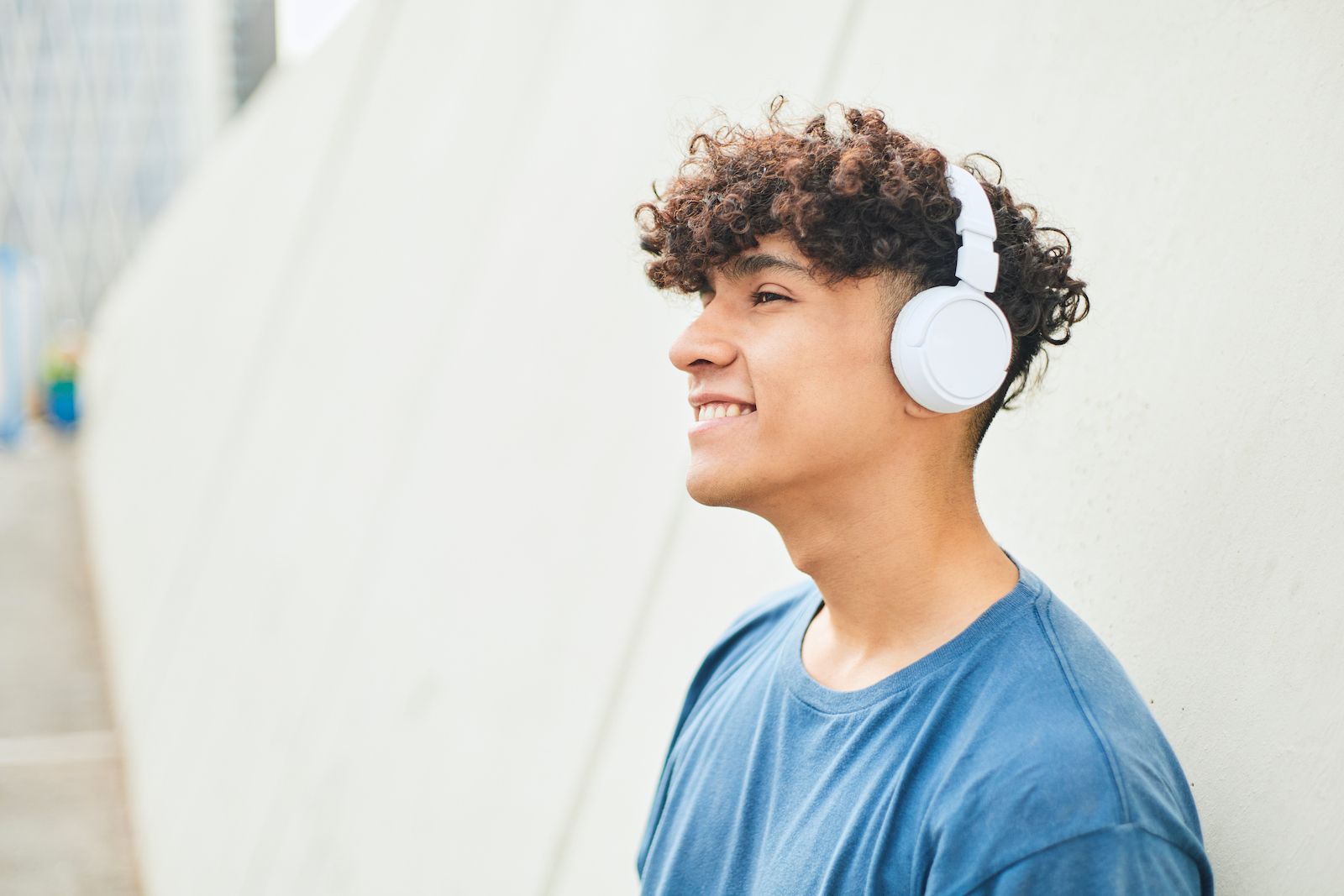Sanity Savers: 4 Times My Loop Earplugs Became My Best Friend
This article may contain affiliate links. If you make a purchase through these links, we may earn a commission at no extra cost to you. Thanks!
With the overwhelming range of earplugs available today, Loop earplugs stand out. Their unique design, centered around a circular acoustic channel, has given people with autism, ADHD, and other sensory challenges a new world of options for noise reduction. Instead of blocking out all sounds, they reduce how much unwanted background noise the wearer hears. They still preserve the clarity of the more important sounds that you still want to hear, like conversation or a live performer. Loops also come in a variety of models, each of which blocks out different levels of noise.
My First Purchase: The Loop Engage Plus Earplugs
After researching, and reading reviews, and comparing the available models, I chose to try out the Engage Plus Loops. I also selected the clear color because I liked the idea of very few people knowing I was wearing them. Beyond the aesthetic appeal, these earplugs promised to reduce background and preserve my ability to hear the person next to me speaking. True to their word, my experience has been that I’m not entirely isolated from my environment when wearing them! They enable me to enjoy events and activities in loud, chaotic environments without shutting out the world around me.
I like to keep my Loops on me, in the nice convenient little case I got with them on my keychain. This way, I don’t need to anticipate when I might get overwhelmed, and instead can just whip them out when I notice I start to struggle with noise. The following are some of my favorite times I’ve used my Loops, and some of the times I’ve been most grateful that I had them on me.
The Reverberating Mayhem of Indoor Sports Games
Anyone who’s attended a kids’ indoor sports game knows the intensity of the noise. I guess that this doesn’t just apply to kids’ games, now that I think about it… But, since it’s probably been a decade since I went to an indoor game that wasn’t for kids, I’m going to stick to what I know.
The high-pitched cheers of parents, constant dribbling of the ball, and echoing referee whistles can be a sensory nightmare. The closed environment of indoor gyms amplifies every sound, making it resonate throughout the space. With my Loop earplugs in place, the echoing chaos faded to a comfortable hum. I found myself enjoying the match, cheering on the players, and genuinely soaking in the exhilarating atmosphere, all without the usual sensory assault.
Live Concerts and Shows
I love live music. I love being a part of the crowd, drinking in the artists’ energy, and even singing along when I’m positive that no one will be able to hear me over the band. The thrill of live music is undeniable, but the sheer volume can leave your ears ringing for days. During my first concert with the Loop Engage Plus, I was skeptical – I didn’t want to miss out on the music. But as the beats began to drop and the crowd roared, I quickly appreciated their worth. I was lost in the melodies, singing my heart out, without the fear of potential hearing damage (or the desire to run to the bathroom where things might be a little quieter).
Karaoke Night
I self-identify as a terrible singer. So, when my friends insisted on wanting to celebrate an event in their lives with a karaoke night, it was incredibly kind of them to book us a private room. With no audience except people who already knew me and presumably wouldn’t throw things at me, singing was much more comfortable.
BUT, the smaller room also meant that sound did the bouncing-around thing, and the music and mic were quickly very loud for my sensory challenges. My Loops were a lifesaver, toning down the cacophony, allowing me to appreciate my friends’ spirited performances, and even join in the fun.
Bachelorette Party Drag Brunch
It was a day of flamboyance, laughter, and high-energy performances. The drag brunch was a riot of colors, music, and cheering. Every announcement, every performance, and every toast was louder than the last. But with my trusty Loops, I danced, laughed, and celebrated without once feeling the need to escape the noise.
Try Them for Yourself
In reflection, the Loop Engage Plus earplugs have been nothing short of transformative. Their unique design and unparalleled performance have made them an essential part of my life. Whether it’s an adrenaline-packed game, a soulful concert, or a day of celebration, my Loops have ensured that I’m present, engaged, and comfortable. If you’re on the hunt for the perfect balance between immersion and protection, look no further. Buy your Loop earplugs today, and dive into experiences like never before.







